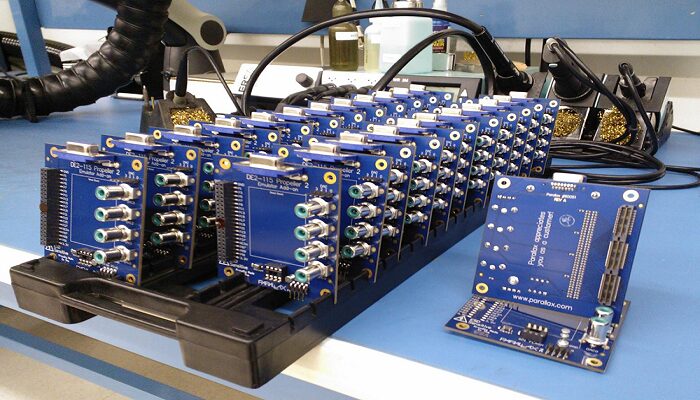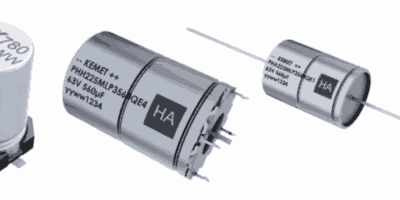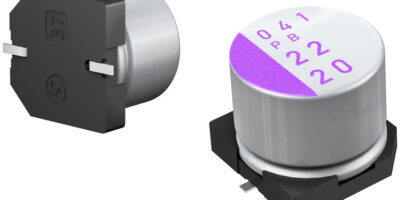The Global Mid-Range FPGA Market Growing at a Value of 2 Billion In 2023 And Is Expected To Reach The Value Of USD 6 Billion By 2033, At A CAGR Of 12.30% During The Forecast Period Of 2024-2033.
The mid-range FPGA (Field-Programmable Gate Array) market is a dynamic and rapidly evolving segment within the broader semiconductor industry. FPGAs are versatile integrated circuits that can be configured and reconfigured after manufacturing, making them suitable for a wide range of applications across various industries. The mid-range FPGA market occupies a crucial position, offering a balance between performance, power consumption, and cost-effectiveness. This overview delves into key aspects of the mid-range FPGA market, including its growth drivers, applications, challenges, key players, and future trends.
Introduction
Field-Programmable Gate Arrays (FPGAs) are semiconductor devices that provide a unique combination of flexibility and performance. Unlike Application-Specific Integrated Circuits (ASICs), FPGAs can be programmed and reprogrammed by end-users to implement custom digital circuits. The mid-range FPGA market focuses on devices that strike a balance between the high-performance capabilities of high-end FPGAs and the cost-effectiveness of low-end FPGAs.
Market Size and Growth
The mid-range FPGA market has witnessed steady growth in recent years, driven by the increasing demand for customizable and high-performance solutions in various industries. The market’s growth can be attributed to factors such as the rising adoption of FPGAs in telecommunications, automotive, industrial automation, and data centers. The increasing complexity of electronic systems and the need for rapid prototyping have also contributed to the expansion of the mid-range FPGA market.
Applications
Telecommunications
In the telecommunications sector, mid-range FPGAs find applications in networking equipment, base stations, and communication infrastructure. The ability to adapt to evolving communication standards and protocols makes mid-range FPGAs a preferred choice for manufacturers in this industry.
Automotive
The automotive industry leverages mid-range FPGAs for applications such as advanced driver-assistance systems (ADAS), infotainment systems, and vehicle connectivity. The flexibility of FPGAs allows automotive manufacturers to meet the stringent requirements for safety and performance.
Industrial Automation
In industrial automation, mid-range FPGAs play a crucial role in control systems, robotics, and programmable logic controllers (PLCs). The adaptability of FPGAs enables rapid customization of control systems to suit specific manufacturing processes.
Data Centers
Data centers utilize mid-range FPGAs for tasks like accelerating specific workloads, enhancing server performance, and implementing hardware-level security features. FPGAs enable data center operators to optimize their infrastructure based on the varying computational demands.
Receive the FREE Sample Report of Mid-Range FPGA Market Research Insights @ https://stringentdatalytics.com/sample-request/mid-range-fpga-market/10419/
Market Segmentations:
Global Mid-Range FPGA Market: By Company
• Xilinx (US)
• Intel (US)
• Lattice Semiconductor (US)
• Microchip Technology (US)
• QuickLogic (US)
• TSMC (Taiwan)
• Microchip (US)
• United Microelectronics (Taiwan)
• GLOBALFOUNDRIES (US)
• Achronix (US)
• S2C Inc (US)
Global Mid-Range FPGA Market: By Type
• Less Than 28 nm
• 28-90 nm
• More Than 90 nm
Global Mid-Range FPGA Market: By Application
• Telecommunications
• Automotive
• Industrial Control
• Consumer Products
• Data Center
• Medical
• Others
Regional Analysis of Global Mid-Range FPGA Market
All the regional segmentation has been studied based on recent and future trends, and the market is forecasted throughout the prediction period. The countries covered in the regional analysis of the Global Mid-Range FPGA market report are U.S., Canada, and Mexico in North America, Germany, France, U.K., Russia, Italy, Spain, Turkey, Netherlands, Switzerland, Belgium, and Rest of Europe in Europe, Singapore, Malaysia, Australia, Thailand, Indonesia, Philippines, China, Japan, India, South Korea, Rest of Asia-Pacific (APAC) in the Asia-Pacific (APAC), Saudi Arabia, U.A.E, South Africa, Egypt, Israel, Rest of Middle East and Africa (MEA) as a part of Middle East and Africa (MEA), and Argentina, Brazil, and Rest of South America as part of South America.
Click to Purchase Mid-Range FPGA Market Research Report @ https://stringentdatalytics.com/purchase/mid-range-fpga-market/10419/
Technology Trends
1. High-Level Synthesis (HLS)
High-level synthesis is a key trend influencing the mid-range FPGA market. HLS tools allow designers to describe hardware functionality using high-level programming languages like C or C++. This abstraction helps reduce design time and opens up FPGA development to software engineers, bridging the gap between hardware and software development.
2. Integration of Processing Units
To enhance versatility, mid-range FPGAs increasingly integrate embedded processing units, such as Arm Cortex-A and Cortex-R processors. This integration enables the implementation of complex systems on a single chip, reducing the need for external processors and enhancing overall system performance.
3. Advanced Packaging Technologies
The mid-range FPGA market is also influenced by advancements in packaging technologies. 2.5D and 3D packaging techniques are becoming more prevalent, allowing for higher levels of integration and improved power efficiency. These packaging advancements contribute to the miniaturization of FPGAs while enhancing their overall performance.
Challenges
1. Power Consumption
One of the challenges facing mid-range FPGAs is power consumption. As applications demand higher processing capabilities, managing power efficiently becomes critical. Manufacturers are investing in advanced fabrication processes and power optimization techniques to address this challenge.
2. Design Complexity
The flexibility of FPGAs comes with the drawback of increased design complexity. Designers must navigate intricate architectures and manage trade-offs between performance, power, and area (PPA). High-level synthesis tools and design methodologies are evolving to simplify the development process and make FPGAs more accessible.
3. Security Concerns
With the increasing integration of FPGAs in critical applications, security concerns have become prominent. Protecting FPGA designs from unauthorized access and ensuring the integrity of configurations are ongoing challenges. Manufacturers are incorporating security features at the hardware level to mitigate these risks.
Future Outlook
The mid-range FPGA market is poised for continued growth, fueled by advancements in technology and the increasing demand for customizable solutions. As applications in 5G, artificial intelligence, and edge computing proliferate, mid-range FPGAs are expected to play a pivotal role in enabling rapid innovation across diverse industries.
- 5G and Edge Computing: The rollout of 5G networks and the expansion of edge computing are expected to drive demand for mid-range FPGAs. These devices can be employed to accelerate processing tasks at the network edge, enhancing the efficiency of 5G infrastructure and supporting low-latency applications.
- Artificial Intelligence (AI): FPGAs are gaining traction in AI applications due to their ability to accelerate specific algorithms efficiently. As AI workloads become more diverse and specialized, mid-range FPGAs with integrated processing units are likely to find increased adoption in AI inference tasks.
- Evolving Standards: The mid-range FPGA market will continue to evolve in response to emerging industry standards. As new communication protocols, data storage formats, and connectivity standards emerge, FPGAs will play a crucial role in enabling the rapid implementation of these standards.
Conclusion
The mid-range FPGA market is an integral part of the semiconductor landscape, offering a versatile and adaptable solution for a variety of applications. With ongoing technological advancements, increased integration, and a focus on addressing challenges such as power consumption and design complexity, mid-range FPGAs are well-positioned to meet the evolving demands of industries ranging from telecommunications to automotive and data centers. As the market continues to mature, collaborations between semiconductor companies, tool developers, and end-users will likely drive further innovation, shaping the future of mid-range FPGAs.
About Stringent Datalytics
Stringent Datalytics offers both custom and syndicated market research reports. Custom market research reports are tailored to a specific client’s needs and requirements. These reports provide unique insights into a particular industry or market segment and can help businesses make informed decisions about their strategies and operations.
Syndicated market research reports, on the other hand, are pre-existing reports that are available for purchase by multiple clients. These reports are often produced on a regular basis, such as annually or quarterly, and cover a broad range of industries and market segments. Syndicated reports provide clients with insights into industry trends, market sizes, and competitive landscapes. By offering both custom and syndicated reports, Stringent Datalytics can provide clients with a range of market research solutions that can be customized to their specific needs.
Reach US
Stringent Datalytics
+1 346 666 6655
Social Channels:
Linkedin | Facebook | Twitter | YouTube




Leave a Reply